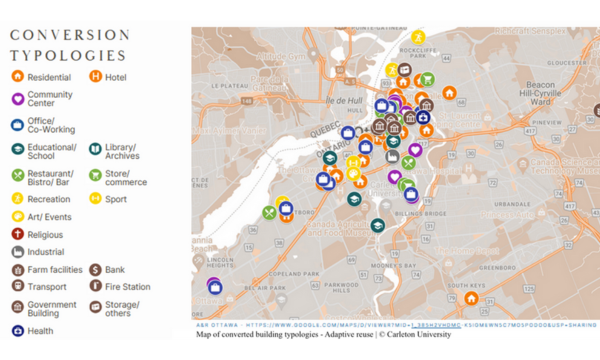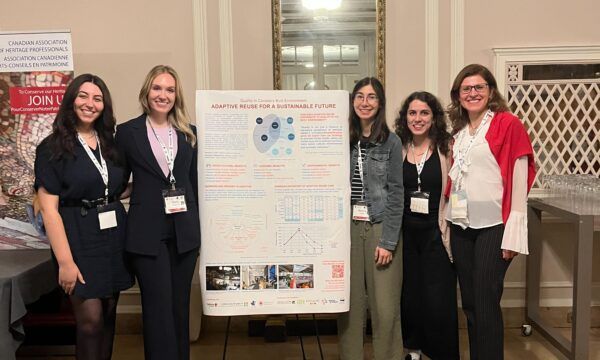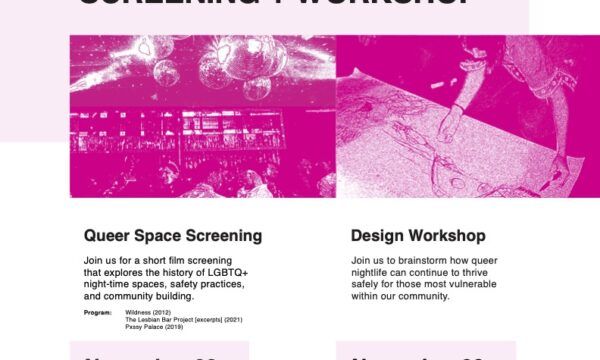Intending to raise the bar of Quality in the living environment and motivated by the motto “Nothing about us without us,” the Faculté de l’aménagement of the Université de Montréal launched the idea competition ‘Invisible Accessibility Competition’ on May 1, 2025, where the intended participant group is university students, in May 2025. This has sparked significant interest among students globally, as remarkably, 182 participants (individual + team) registered initially, representing 34 different countries, which is a clear sign of the strong enthusiasm among students, particularly within design disciplines, for contributing to innovative and inclusive design solutions. However, despite the high level of interest, the given challenges are proving difficult to solve, even at the conceptual level, as only 61 participants submitted their proposals, representing 34 different countries, by the deadline of August 5, 2025, compared to the initial registrations of 182 participants by July 1, 2025. The winners and special mentions for this idea competition are to be declared on October 23, 2025, where the total prize pool of $31,500 CAD to be awarded, accompanied by a certificate of merit for all winners.

Figure: Differences between the number of registrations and proposals submitted
This anonymous, multidisciplinary, and international competition is not intended to find simple technical adjustments to CEPSUM (Le Centre d’éducation physique et des sports de l’Université de Montréal), a multi-purpose complex sport centre located on the campus of the Université de Montréal, but rather to explore transformative ideas that offer inclusive and equitable experiences to its users. The competition calls for addressing several key challenges, including: Developing a formal proposal that goes far beyond the normative framework and technical solutions; Formulating one or two universal design principles; Offering a new experience accessible to all users; Designing facilities that appeal to all user groups. Overall, experiences of 03 different zones within the CEPSUM sports center have been identified to be explored, where each experience integrates a specific activity and a corresponding pathway that connects a sequence of key programmatic spaces in the building. For Experience 1: Arriving at the Main Reception Area, the main query is: What form would an inclusive experience for arriving at the main reception area of the sports center take? The journey sequence for this experience includes: A– Entering the CEPSUM building from various public access points, such as Boulevard Édouard-Montpetit, Métro Édouard-Montpetit, or future Réseau express métropolitain (REM), adapted parking and drop-off area, adjacent outdoor terraces; B– Moving inside and/or outside the building to reach the main reception desk on the 4th floor; C– Using the reception desk; D– Crossing the access points reserved for members. In total, 38 solutions were submitted by the deadline compared to 154 initial registrations, which shows around a 75.3% reduction in the submission.
While for Experience 2, Attending a Sports Game, the guiding question is: What form would an inclusive spectator (of a sports game) experience take? For this area, the direction includes: A– Entering from the public site; B– Arriving at the stadium and accessing spectator areas; C– Participating in all rituals associated with sporting events, and using the washrooms. Overall, 25 proposals were presented for Experience 2 by the deadline, representing roughly a 77.5% drop from the 111 initial registrations.
Meanwhile, for the 3rd Experience that is for Swimming in the Pool, the question to be solved is: What form would an inclusive experience of swimming (including navigation) take? The specific journey sequence to be explored here is: A– Starting from the main reception desk; B– Proceeding to the changing rooms to change clothes; C– Accessing and using the pool; D– Returning to the changing rooms to change again; E– Returning to the reception desk. Overall, 22 proposals were submitted for Experience 3 by the deadline, marking an approximate 78.8% decrease from the 104 initial registrations.
This competition is a call, obviously an exceptional and pioneering one, to move beyond conventional thinking and envision living environments that are not only inclusive but also invisible, seamlessly accommodating, free of stigma, and rich in both delight and safety. Yet, one thing has become certain and evident that the issues regarding accessibility are difficult to address for current students, as only 85 proposals were submitted out of an expected 369, reflecting a reduction of about 77%. This underscores the urgent need for a transformative shift in both curriculum and design approaches that proceed with “Lived Experience as a Prerequisite” at their core.
Written by: Shantanu Biswas Linkon, Université de Montréal



